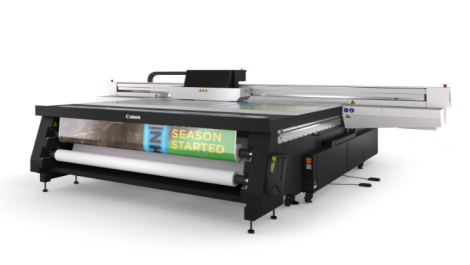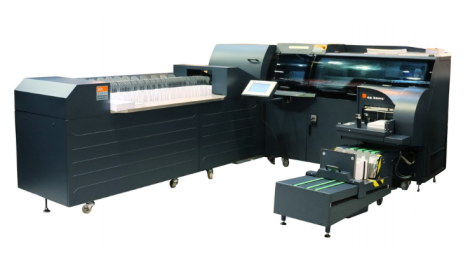Though battered by the rampant growth of digital alternatives, direct mail has some surprising strengths that printers can use to pitch the medium to wavering customers, according to a Royal Mail report. Michael Walker leafs through the findings.
We had junk mail long before we had spam email. We have had decades to learn to ignore direct mail yet people keep on producing it, despite the digital torrent that is cheaper to produce, faster to send and is directly measurable to boot.
The only reason direct mail is still going must be because it is still working. Royal Mail is an organisation that has an above-average interest in the health of direct mail, so its MarketReach division carried out an 18-month research project into what happens to mail inside the home.
Published in February 2015, ‘The Private Life of Mail’ makes valuable reading for anyone who earns much of their income from producing direct mail. Writing in the report’s introduction, MarketReach managing director Jonathan Harman says they found that mail ‘lives a rich, complex and surprisingly long life beyond the doormat’ and that in addition to a good return on investment it brings ‘benefits such as creating strong, emotional connections and brand associations’.
Many avenues
The research project employed a number of approaches, from online surveys and phone-based interviews, to focus groups, domestic CCTV recording to monitor how mail is handled within the home and even neuroscience to measure the activity of different brain areas in response to different media.
It found that nearly 40 per cent of people have a dedicated display area for mail in their homes and that an average of 23 per cent of all mail is shared between people in a household. Twenty-one per cent of promotions and special offers are shared. Some participants who claimed that they did not read ‘advertising’ were observed reading and keeping promotional mail, which it turned out they considered to be ‘information’ rather than advertising.
Mail has a surprisingly long life inside the home, too. Advertising items are kept on average for 17 days, door drops for 38 days and bills and statements for 45 days, so a single piece of mail may be seen multiple times over days or weeks.
The physical aspect of print also works in its favour. Psychological experiments suggest that people place a 24 per cent higher value on something they can see and touch, compared to something that they can only see. Offers sent by mail are seen as worth more than those that only appear on screen, and 57 per cent said that receiving mail made them feel more valued.
All in the mind?
Production values play a role too, with 38 per cent of respondents saying that the physical properties of the piece influence them. The neuroscience tests showed that consumers interact with mail and absorb its messages in a largely unconscious way, implying that it works on the brain’s ‘system 1’, which is the faster and more intuitive mode of thought that affects decision-making.
There is also a measurable change in response when print is added to other media, whether that is TV advertising or email. This is borne out in many studies of response from cross media campaigns in which print is supplemented by online elements. A factor explaining this might be that mail activates areas of the brain responsible for long-term memory encoding more than other media do; 60 per cent of respondents thought that the best mail advertising helps keep the sender’s brand top of mind.
All well and good, but printers’ customers require the recipients to act on the message. Results from BrandScience showed that mail delivered strong return on investment, on a par with TV and above other channels; analysis of the IPA Effectiveness Awards Databank demonstrated that campaigns that included mail were 27 per cent more likely to deliver top-ranking performance and 40 per cent more likely to deliver top-ranking acquisition levels than campaigns that did not. Not only that, but mail is a powerful way of reaching new audiences, with more than two thirds of respondents saying that they desired some communication by mail.
Printers do not usually get to choose what they print, but that does not mean that they cannot make suggestions to their customers. If you have or are planning to acquire variable data or cross media expertise, print is a key component of any multi-channel marketing campaign. And if it is just plain old print that you do, there is clearly plenty of life in direct mail yet.





